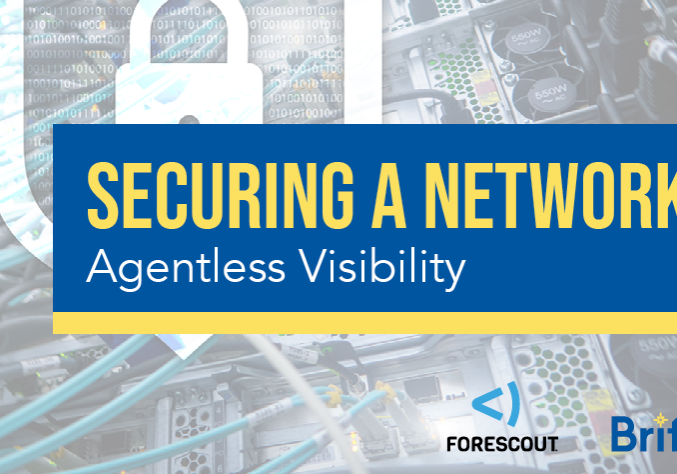Securing a Network: Agentless Visibility
July 10, 2019
In order to successfully secure a network, it requires multiple, simultaneous steps ranging from endpoint protection to managing a SIEM. However, the simple fact is that a network cannot be fully secure if there are unknown connected devices or applications. Therefore, gaining full visibility of the threat landscape is a critical component in combating the ever-evolving threat landscape.
Visibility is the ability to see what devices or applications are connected to the network from the initial endpoint throughout the entire network. More organizations are placing emphasis on this practice as the number of connected devices grows.
The device landscape today mirrors the Beanie Baby debacle of the ‘90s – there’s a sudden outburst of products. But there’s one difference – devices are not a hopeful trend. The growing number of devices have no plan on slowing down. The combination of IoT devices and network evolution ignites the need for stronger endpoint protection and monitoring. It’s estimated that “By 2023, the average CIO will be responsible for more than three times the endpoints they manage in 2018.”
While 2023 is still a few years away, there’s no lack of devices and the need for proper security procedures and policies is present today. The purpose of visibility is to identify when and what is connected to a network. After a device is identified, pre-determined policies can be enforced either allowing or denying access or segmenting the device to a specific network.
How Visibility Works Today
Traditionally, visibility was accomplished by installing security agents on the devices to allow communication between the device and network. Currently, this method is restricting due to the number of personal devices and the inability is install an agent on every device.
Today, an agentless approach doesn’t require agents – yet, the network can still communicate with all devices. With this development, anyone can achieve visibility in four steps:
- Detect – discover devices (and applications) the instant they connect to the network.
- Inspect – have constant communication with the device and further monitor its activity.
- Classify – specify procedures for network access, device compliance and segmentation
- Control – notify admins about emerging security issues, support and implement established security polices and restrict, block or quarantine non-compliant devices.
Securing endpoints and a network just got easier with agentless visibility. Take control of your network today and remember – if you can’t see every device on your network, you can protect against it.

